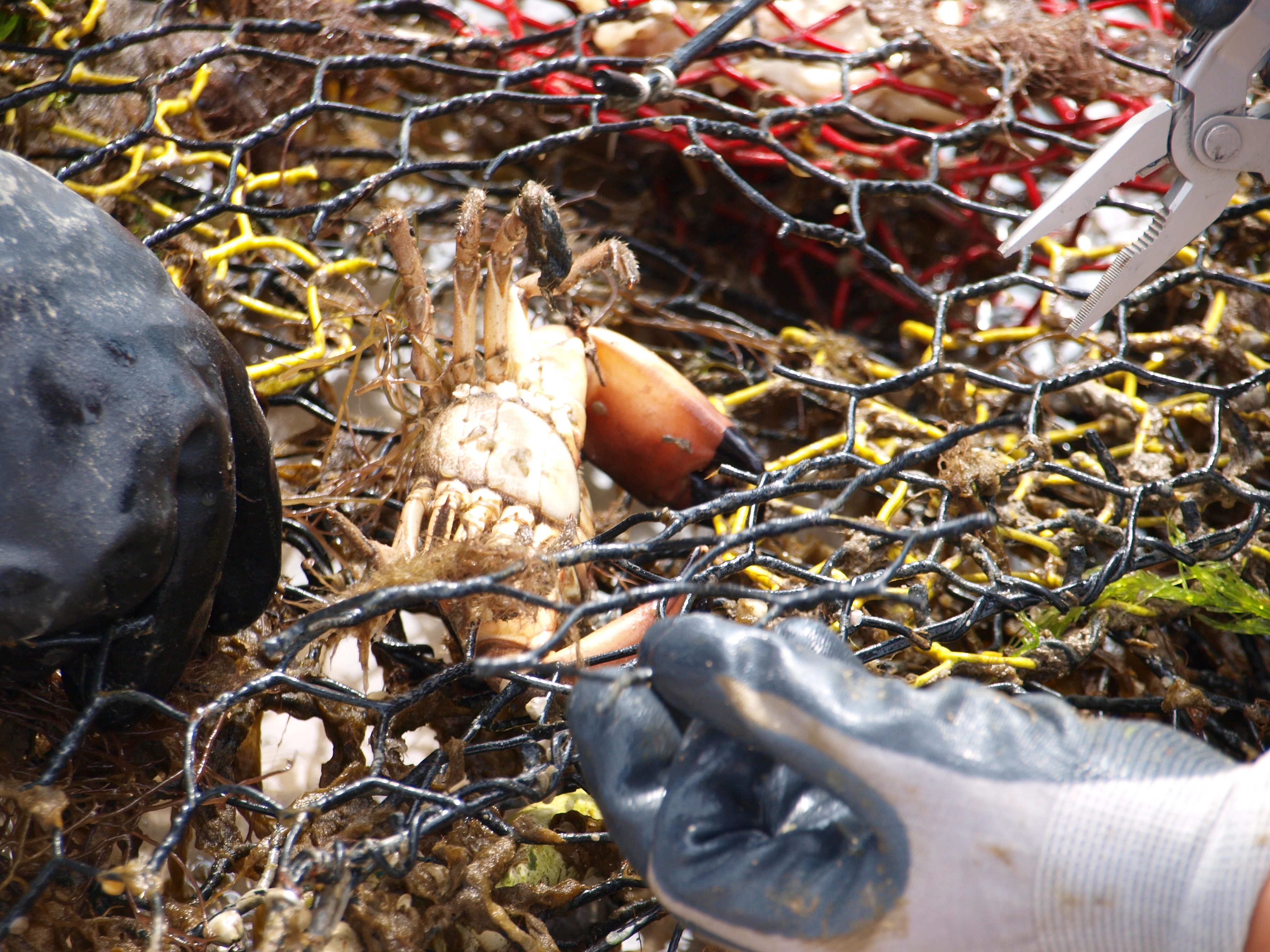Conservation: Master Naturalist, 1
Thursday, March 28th, 2013
Sheryl Smith Rodgers, from www.commanderben.com
This is Passport to Texas
They say you never forget your first love. For writer her first love had eight legs.
07 – Spiders are my first love, and from there I grew into plants and animals.
Eager to fully understand the natural world around her, Smith Rodgers completed Texas Master Naturalist training.
20 – I’m with the Highland lakes chapter, which is based out of Burnet. So you learn about your own ecosystems in your region. I’m learning about the plants that are indigenous to this area. Whereas, if you live on the coast, you’ll be learning about those kinds of plants. So, we’re all learning what’s important to our area.
Trainees learn about living things in their ecosystem, as well as their region’s geology, hydrology and more. After receiving certification, Smith Rodgers says Master Naturalists volunteer in their communities where needed.
23 – Volunteers go to ranches and survey the plant species, and they offer land management advice. In a city, volunteers might go into a city park and create a butterfly garden. For instance, here in Blanco – at Blanco State Park – the Master Naturalists help put on program every May for third graders. They do so many different things [laughs].
Tomorrow: Learn how to become a Texas Master Naturalist.
For Texas Parks and Wildlife…I’m Cecilia Nasti.






 Passport to Texas is a
Passport to Texas is a  Passport to Texas is made available by:
Passport to Texas is made available by: